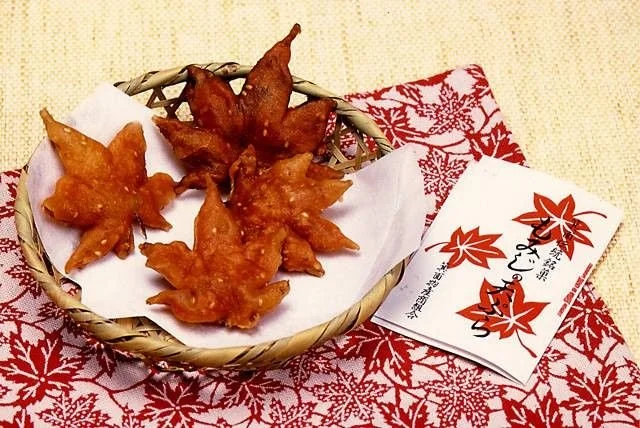5 Fun Japanese Maple Facts We’re Sure You Don’t Know
We have met our fair share of Japanese maple lovers, collectors, and aficionados, we’re a couple of them ourselves! These gorgeous trees have become a staple in gardens across the globe, appreciated for their unmatched color and graceful form. If there ever were some facts we’re sure even the most obsessed wouldn’t know, these five would be it. Test your knowledge and learn something new! (And then come on down to the garden center to see if we have a Japanese maple that’s right for you!)
1) There Are Over a Thousand Varieties
We’re not kidding when we say there is a Japanese maple for every garden because there are over a thousand—YES, one-thousand!—different varieties of these beloved trees. From the bold and brilliant Bloodgood to the cutest, dwarf-cultivars like Rhode Island Red, there is a Japanese maple to fit any space. Taste isn’t an issue either as there are more colors than just red! Shades of red, orange, yellow-green, blushing pink, and even deep purple, these trees know what it means to put on a color show.
2) Momiji and Momijigari
Just as we leaf peep here in the mountains, ‘momijigari’ or ‘red leaf hunting’ is a tradition in Japan as well! When the leaves begin to peak in their most brilliant shades of red, orange, and yellow, people will go out to collect leaves for a variety of purposes, including for a deep-fried delicacy eaten in Osaka, Japan.
3) Helicopters, Wingdings, or Whirligigs?
What did you call maple seeds as a kid? Helicopters? Wingdings or whirligigs? There’s not a right answer because they all are great names, but Japanese maples do have a scientific one for their sweet, little spinning seeds: samara! These neat seeds were perfectly designed to be carried by the wind and can be red or green depending on the variety.
4) A Long Tradition of Cultivation
The practice of developing Japanese maple cultivars started somewhere around 1700 in Japan, though a deep cultural significance and appreciation cam be dated back to 700-800 AD. It was only in 1820 when the West was first introduced to the Japanese maple, starting in England and spreading from there as their popularity flourished.
5) A Deep-Fried Delicacy
You read that right! In Osaka they use edible varieties of Japanese maples to make momiji tempura, a crunchy deep-fried maple leaf enjoyed during the fall at festival food stalls. We’re not sure how they would taste (anything deep-fried can’t be bad though if we’re being honest), but we do think they’re rather cute looking!





